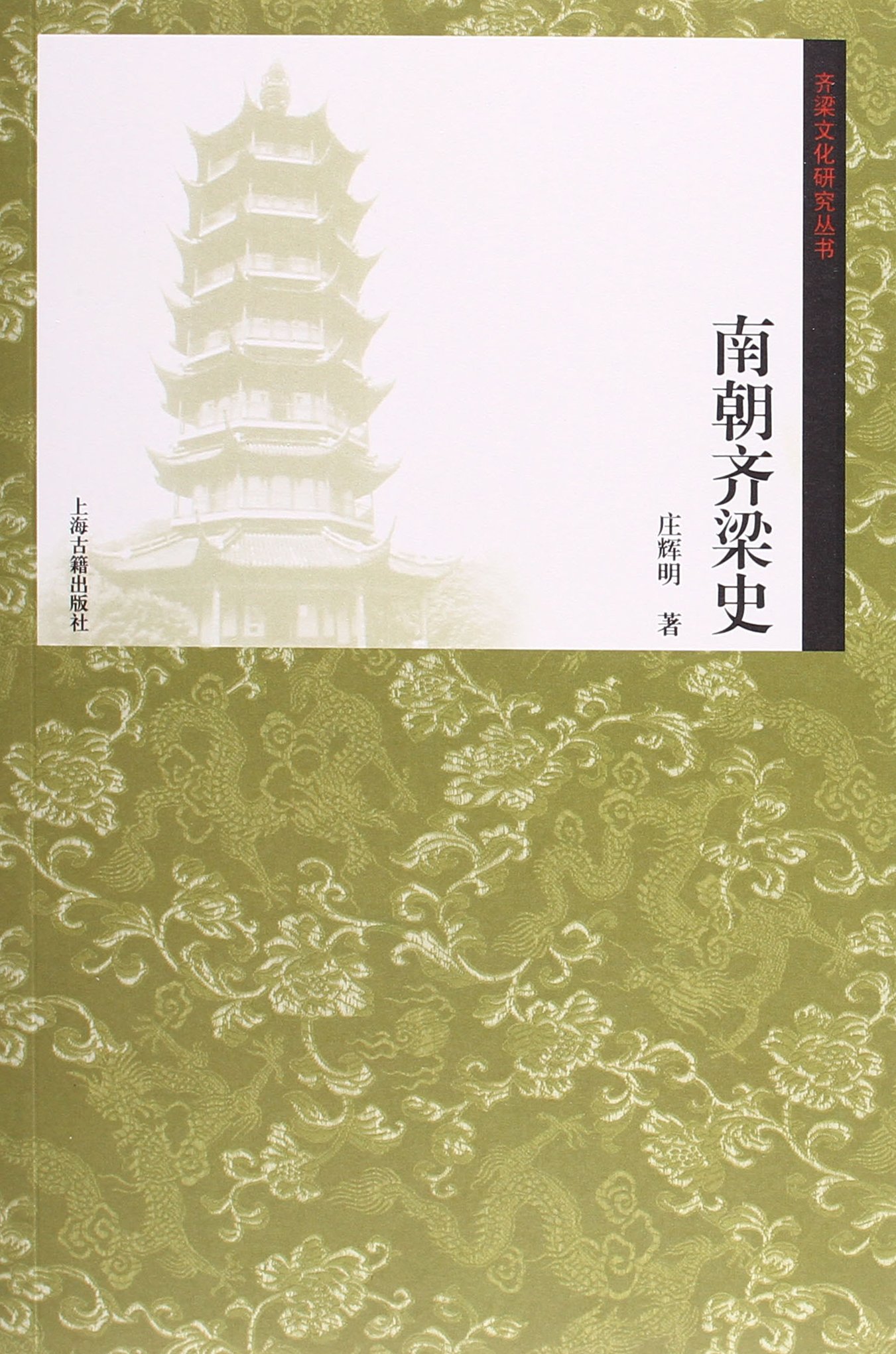‘North-South’ relations offer insight into Southern Qi, Liang history

History of the Southern Qi and Liang Dynasties
Author: Zhuang Huiming
Publisher: Shanghai Ancient Books Publishing House
There are numerous works detailing the history of the Wei, Jin, Southern and Northern dynasties (220-589), but few have set their sights on the Southern Dynasty. In this sense, History of the Southern Qi and Liang Dynasties, famed for its precise and accurate narration, can be regarded as excellent supplementary reading material for education on that period of time.
Drawing upon the “Twenty-Four Histories” for the most part while borrowing from the Comprehensive Mirror to Aid in Government, the book rolls out an 80-year history of the Southern Qi and Liang (479-557) dynasties. As the author himself puts it, the book intends to paint a wholesome picture of these dynasties. It establishes them as independent regimes by reflecting on their politics, economics, militaries, cultures and relations with the Northern dynasties.
In the meantime, the book conducts a multifaceted and comprehensive study of the politicians, strategists, writers, historians and scientists who were active during that time to present a complete and unique perspective.
In particular, the discussion on relations between the Northern and Southern dynasties (420-589) is novel. Such a discussion in the book may have been the result of two goals. First, it hopes to demonstrate the historical status of the Qi and Liang dynasties. Second, it fits well into the framework of the book.
If it were solely about the two dynasties, the book would appear to be a static dynastic history. In contrast, by putting Qi and Liang together and linking the shared historical circumstances they faced, the narratives come together.
Through details of official records, wars and envoys, the book reveals the history of the Qi and Liang dynasties in the north-south interactions. In contrast to previous works that stressed the powerful Northern dynasties and the weakening Southern states, declining aristocrats in the south, and rising men of humble origins in the Southern regimes, this book touches upon “diplomatic relations.”
When introducing politics, the narrative reads like a biography because it shows the thrilling political turmoil during the Qi and Liang period by telling the stories of various kings and emperors.
The economic and cultural sections are divided into various topics. They first review the economic development in the south of the Yangtze River from the Spring and Autumn period (770-476 BC) and the Qin and Han dynasties (221 BC-AD 220), to the Southern dynasties. As part of the timeline, the book categorizes this period in terms of agriculture, handicraft, commerce and urban development. In the cultural section, science and technology are included alongside religion, philosophy, literature and history.
Rich in content and using plain language, the book strives to innovate and offer insightful judgments in telling the history of the Southern Qi and Liang dynasties, which I believe will win readers over.
